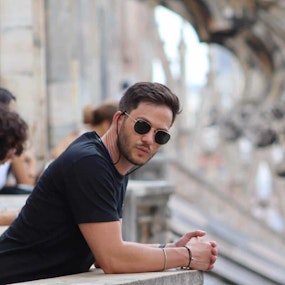In August 1980, a gripping tale unfolded beneath the towering presence of Ayers Rock, now known as Uluru, that sent shockwaves across Australia and captured the world's attention. The central character in this real-life drama was a dingo, a native wild dog of Australia, accused of snatching a baby from a campsite. Those haunting words, "A dingo's got my baby!" cried out by the distressed mother, Lindy Chamberlain, have left an indelible mark on Australian culture and memory.
A Family's Nightmare
The Chamberlain family, consisting of Lindy and Michael Chamberlain along with their two cheerful sons aged seven and four, embarked on a joyful camping holiday to Uluru. However, their idyllic vacation soon descended into a nightmare when their baby daughter, Azaria, mysteriously vanished from her cot in a tent. Overnight, the Chamberlain family became the center of a nationwide drama that would captivate and polarize the entire nation.
The Trial and Conviction
A year later, in a shocking turn of events, Lindy Chamberlain was found guilty of murdering her own baby, while Michael was deemed an accessory to the crime. Lindy received a life sentence, igniting a fierce debate throughout Australia. The nation found itself divided; some believed in the couple's guilt, while others saw it as a witch hunt.
The Bizarre Twist
Six long years after the ordeal began, a surprising twist occurred. A matinee jacket, which Lindy had always insisted Azaria was wearing at the time of her disappearance, was discovered partially buried near a dingo lair at the base of Uluru. This discovery led to Lindy's release from prison in 1986, as her life sentence was remitted, and she was compensated for the years of suffering.
The Long Road to Redemption
It would take another 25 years of legal battles and appeals until the truth was finally revealed. In 2012, a fourth coroner's inquest concluded that indeed, a dingo was responsible for Azaria's tragic death. The harrowing chapter that began on that fateful night in 1980 had finally reached its conclusion.
A Tale of Resilience
Throughout the years, the lives of Lindy and Michael Chamberlain bore witness to a chilling reality— a terrible accident, social ostracization, and a broken family struggling to overcome their darkest hours. Their story serves as a poignant reminder of society's harsh judgments against the innocent and the unwavering determination of a mother who fought tirelessly for truth and justice.
The Azaria Chamberlain case remains a significant chapter in Australian history, a story of tragedy, injustice, and ultimate redemption. It underscores the power of resilience and the importance of seeking the truth even in the face of overwhelming adversity. As we delve into this compelling case in our upcoming episode on the Compendium Podcast, we invite you to join us in exploring the complexities of this enduring tale and its enduring impact on our collective memory.





